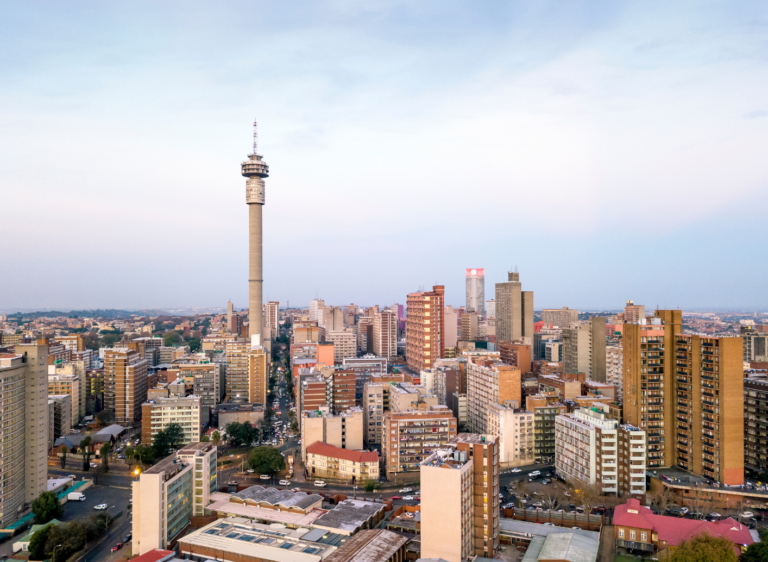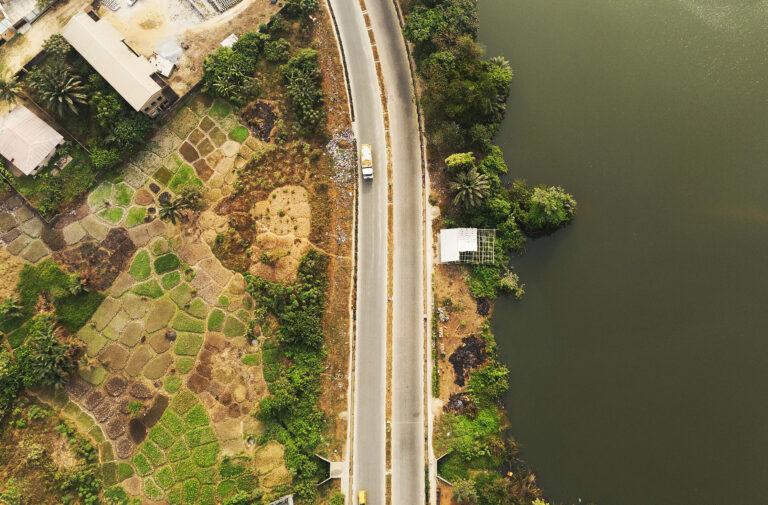



Download:
Related ICLEI Pathway(s)
About
Resource summary
Cape Coast is the capital of the Central Region of Ghana and one of the country’s most historic cities, a World Heritage Site and home to the Cape Coast Castle. Major natural asset types in the city include beaches, mangroves, rivers, shrublands, wetlands, trees and woodlands. Indigenous traditional knowledge which in the past contributed to the successful maintenance of these natural assets and systems has in recent times become secondary to more formal systems of management, where the corresponding rapid growth of its population has placed enormous strain on the city’s natural areas. Encroachment of wetlands, sea fronts, and extensive agriculture activities has affected Cape Coast’s biodiversity, resulting in flooding and pollution.
This map explores key areas of overlap and interconnection between urban natural assets and human activity – from Fosu Lagoon and catching crabs, to forest reserves and accessing woodfuel for cooking. By recognising this inextricable link between our own wellbeing and the wellbeing of our natural environments, we visualize the importance of preserving and maintaining the city’s natural resources, to ensure that people can continue to benefit and rely on them, while living in harmony with nature, both now and in the future.
Related resources

City of Johannesburg Goods and Services Assessment

Nature-Based Solutions for African Cities: The Human Rights-Based Approach



